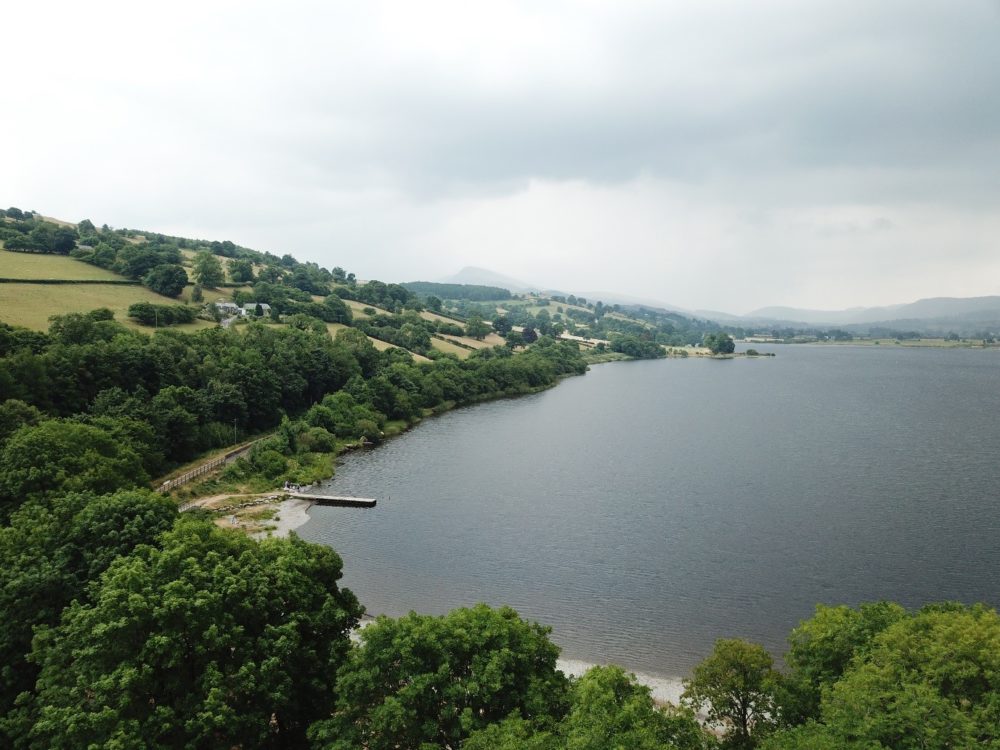Working in forestry and harvesting constantly presents challenges, varying wildly from site to site and from season to season. One major issue that has the potential to cause problems found across pretty much every site we manage however is diffuse pollution.
Diffuse pollution (DP) can come from a variety of sources, and is different from point pollution in that point pollution, as the name suggests, comes from a single point in large quantities. Conversely, diffuse pollution often comes from a range of different sources in smaller quantities, which individually may not have a huge effect but when looking at the entire water catchment, can be devastating to fish stocks, biodiversity, water purity and more.
We have had a number of recent extreme weather events, the most notable of which was the ‘Beast from the East’. Intermittent, heavy snowfall, interspersed with warm, wet periods, can lead to the potential for significant diffuse pollution risks in rural areas. This is because rapidly melting snow, combined with heavy rainfall events, can run off sites, whether that be a forest or farm, incredibly quickly.
As forestry and harvesting managers, it is our job to manage our woodlands effectively to prevent this from happening.
To this end, Tilhill Forestry is in the process of developing a Diffuse Pollution E-Learning platform, which, in conjunction with our other DP training and Toolbox Talks etc, will help to ensure that all of our site operatives have the necessary knowledge and experience in spotting the potential for diffuse pollution occurring in hazardous areas and how to prevent an event taking place.
I’ve been lucky enough to be a member of the E-Learning Project Team, led by our Environment & Quality Manager Nicola Abbatt, and to work with managers across the company to pull together resources to help with the project’s development.
Most recently, I visited Senior Forest Manager John Ferguson in his Bala office in North Wales to acquire some drone footage of examples of good practice with regards to diffuse pollution mitigation. This included videos of excellent brash usage to protect the ground from rutting and soil degradation, bridge construction to safely traverse rivers and streams, and, arguably most importantly, a pre-commencement meeting to plan all forest works with diffuse pollution in mind. The E-Learning platform is currently in development, and will hopefully be ready for preliminary trials later this year.
Diffuse pollution is just one of the many, many considerations that must be made before work is carried out on a forest site, but it is undoubtedly one of the most important. We’re coming to the end of one of the longest, driest, warmest spells in recent history, which makes it easy to push diffuse pollution issues to the back of one’s mind. However, we should instead be looking at this as an opportunity for the future, and use this dry weather to put appropriate controls in place across all of our sites to mitigate future diffuse pollution potential.
Andy Baker
Forest Manager



